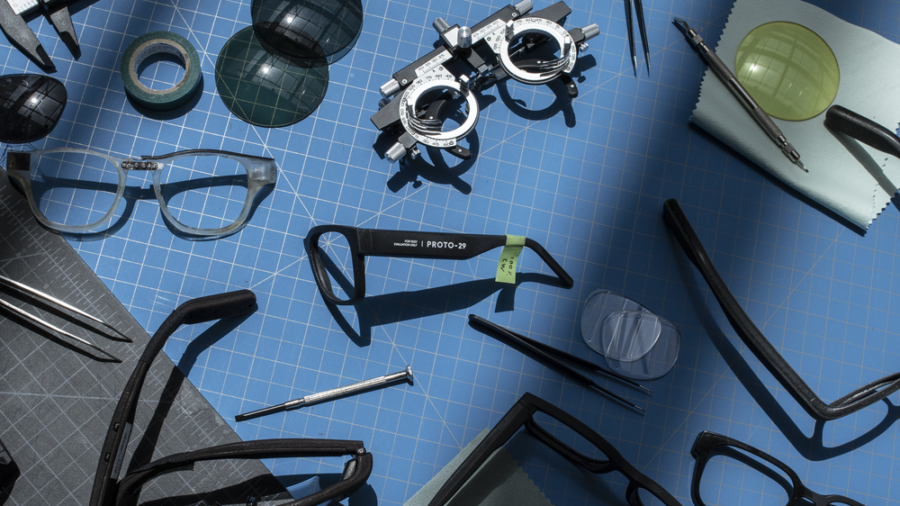
In Augmented Reality News
July 21, 2022 – Google has recently announced in a blog post that it will once again begin testing its latest augmented reality prototypes in the real world, starting next month.
According to Google, testing only in a lab environment comes with limitations. Therefore, testing in the real world will enable the company to better understand how AR devices can help people in their everyday lives.
Google first shared its latest AR glasses prototype at its I/O conference in May this year. In a video played at I/O (shown below), a user was shown wearing the prototype smart glasses, which were able to translate language in real time and show the wearer a transcription of the conversation directly in their line of sight, effectively enabling two people who do not speak the same language to communicate more easily.
Google went on to state that it is working to develop other experiences, such as AR navigation, and that it believes that augmented reality is opening up new ways to interact with the world around us by helping users to quickly and easily access the information that they need.
The company is anticipating that AR devices will also take factors such as weather and busy intersections into account when offering up this information to users. Google noted that these sorts of factors can be difficult, sometimes impossible, to fully recreate indoors, which is why it is moving to real world testing.
Initially, Google will begin small-scale testing in public settings in select areas in the US. The AR prototypes will be worn by a few dozen Google employees, as well as a select handful of trusted testers, all of whom will have had to go through device, protocol, privacy and safety training.
The prototypes being tested will look like normal glasses, feature an in-lens display, and have audio and visual sensors, such as a microphone and camera. However, the devices will have strict limitations on what they can do, according to the company, and as such, will not support functions like photography and videography. There will also be strict limitations on the kinds of activities that testers can engage in.
That being said, Google noted that the image data captured by the AR glasses will still be used to enable experiences like translating the menu in front of a user or showing directions to a nearby coffee shop. Although, it was also noted that after an experience is completed, the image data will be deleted.
Commenting in the company’s blog post, Juston Payne, Group Product Manager at Google, said: “It’s early, and we want to get this right, so we’re taking it slow, with a strong focus on ensuring the privacy of the testers and those around them.”
Google has been relatively quiet on any smart glasses offering in recent years. This may be in part due to the poor public response of its Google Glass consumer device, released back in 2013. Although its Google Glass product has since found some success in the enterprise market, with several businesses utilizing the Google Glass Enterprise Edition solution to this day.
More recently and probably most notably on the consumer side of Google’s augmented reality efforts was the company’s acquisition in 2020 of Canadian smart glasses company North, which had released a working pair of consumer AR glasses titled ‘Focals’. North was also well on its way to releasing its second version of consumer smart glasses, with the release of ‘Focals 2.0’ slated for 2020. However, the company was acquired before Focals 2.0 were ever released.
For full details on Google’s limited public testing efforts for its AR prototypes, click here.
Image / video credit: Google / YouTube
About the author
Sam is the Founder and Managing Editor of Auganix. With a background in research and report writing, he has been covering XR industry news for the past seven years.




